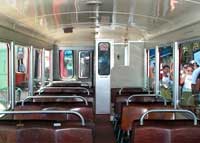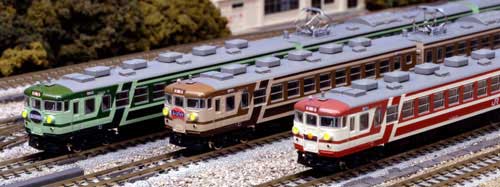 The most dynamic is China, where 11 major cities are currently undertaking the construction of over 400 km of rail lines, accounting for one-fifth of the total kilometers of metro lines being built worldwide. Among these, Shanghai leads the world with the longest construction length, comprising 5 lines with a total length of up to 89.8 km. Following Shanghai, Guangzhou is progressing on 4 lines totaling 78.4 km, and Beijing is developing 2 lines with a total length of 56.3 km. Other cities like Nanjing are working on Line 1 and Line 2, which together measure 43.3 km, while Shenzhen is constructing 42.6 km; in addition, Chongqing, Shenyang, Wuhan, and Tianjin are also advancing with numerous metro projects.
The most dynamic is China, where 11 major cities are currently undertaking the construction of over 400 km of rail lines, accounting for one-fifth of the total kilometers of metro lines being built worldwide. Among these, Shanghai leads the world with the longest construction length, comprising 5 lines with a total length of up to 89.8 km. Following Shanghai, Guangzhou is progressing on 4 lines totaling 78.4 km, and Beijing is developing 2 lines with a total length of 56.3 km. Other cities like Nanjing are working on Line 1 and Line 2, which together measure 43.3 km, while Shenzhen is constructing 42.6 km; in addition, Chongqing, Shenyang, Wuhan, and Tianjin are also advancing with numerous metro projects.
Notably, Hong Kong is a city that is rapidly expanding its metro network, to the extent that it is predicted that “the future of Hong Kong is built on the metro.”
In South Korea, the capital city Seoul has a dense metro network stretching 287 km, and is currently expanding with an additional 177.8 km of urban rail. The city of Daegu is constructing 3 lines with a total length of 77.3 km, while Busan is also developing 2 metro lines totaling 40.8 km.
The city with the most metro construction in Europe is Barcelona (Spain), which is currently building 6 metro and light rail lines with a total length of 79.2 km. In Spain, the city of Alicante is noteworthy for debuting its metro with 3 lines totaling 42.6 km. Portugal’s city of Porto is also developing 58 km of light rail.
In Southeast Asia, Singapore is constructing 3 light metro lines and 1 heavy metro line, with a total length of 56.4 km. Bangkok is also adding another 22 km.
Other cities like Delhi (India), Taipei, Kaohsiung (Taiwan), Ankara, and Athens (Turkey) are each building around 30 km of metro and light rail… and over a hundred other cities worldwide are urgently extending and renewing their rail lines.
The figure of over 2,000 km of metro lines being developed across 157 cities indicates a global boom in metro development. This does not include hundreds of projects waiting to commence. Among the over 2,000 km, approximately 1,100 km is heavy metro, about 700 km is light rail, around 170 km is light metro, and about 50 km consists of dual-use rail – train lines.
We hope that next spring, Hanoi and Ho Chi Minh City will be included in the list of cities developing metro lines.



















































